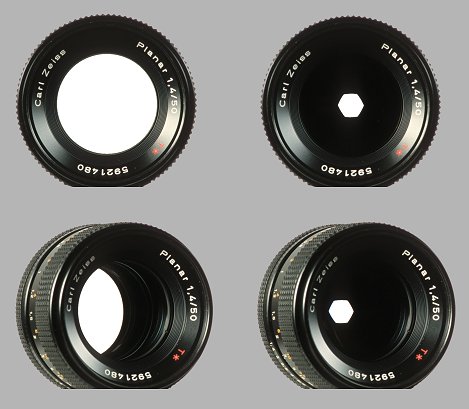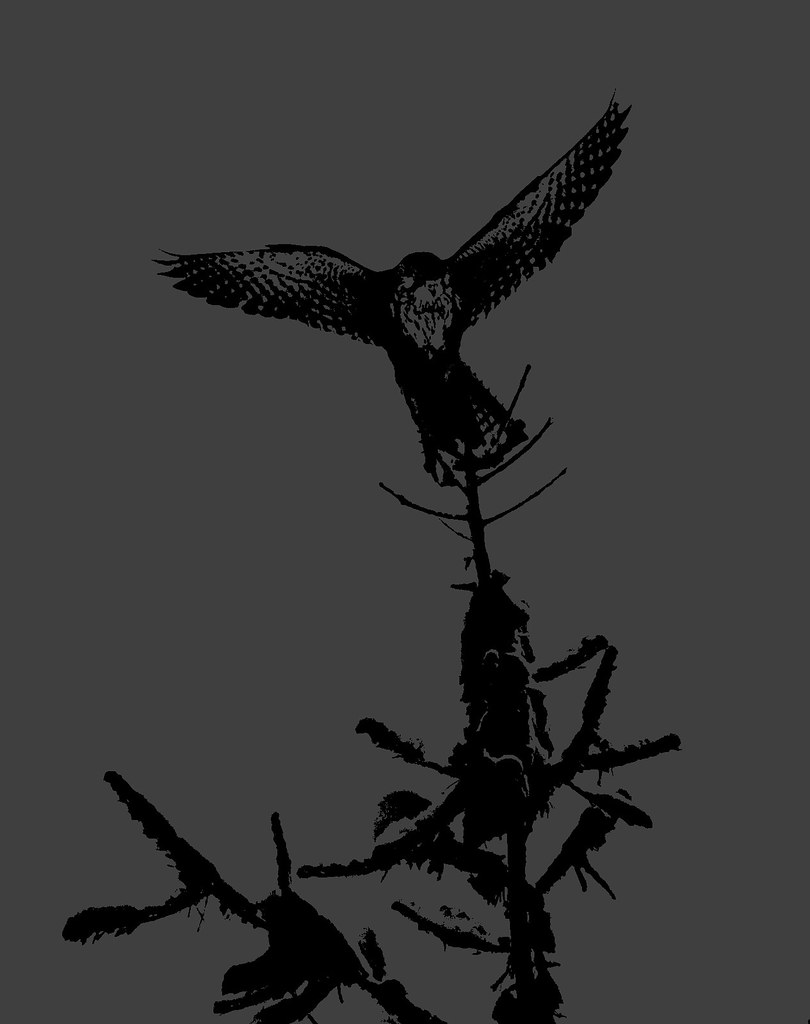hetocy a écrit :memet a écrit :hetocy a écrit :Le bokeh du 105mm art f/1,4 est plus doux et les ronds de bokeh sont parfaitement ronds au extrêmes bords à f/2 ce qui n'est pas le cas pour ce 85mm ( je possède les deux optiques )
A ce stade de vignetage ( cat’s eye) qui s’étend aussi loin dans la zone intermédiaire, ce 85mm n’est pas un f1.4 .
On aura le bokeh d’un f1.8 . .....à condition que le f1.8 n’ait pas trop le même problème.
Tu apparentes le phénomène du cat's eyes au vignetage ??
C’est du vignetage . Vignetage optique .
C’est dû à la construction de l’objectif. Du fait de l’incidence les bords du capteur ne voit plus un cercle ( la pupille) mais une partie de celui-ci . Le reste est obstrué.
La conséquence est que l’ouverture réelle est donc plus petite et la pdc plus importante. Si ce phénomène est important , comme apparement sur cet objectif , le bokeh sur les zones périphériques va devenir moins flou et plus contrasté.
"Optical Vignetting
Optical vignetting naturally occurs in all lenses. Depending on the optical design and construction of the lens, it can be quite strong on some lenses, while being barely noticeable on others. Still, vignetting occurs on most modern lenses, especially on prime / fixed lenses with very large apertures. There are two causes for this. First, at the widest apertures, the light than enters the lens is partially blocked by the lens barrel..................................................................
..Due to the length of the lens barrel and its relative size of the front and back frames, peripheral light rays that travel at extreme angles are partially blocked. As a result, the light that reaches the image plane at such angles naturally falls off (decreases in brightness) towards the extreme corners of the frame.
Note that such vignetting is mostly evident at large apertures, since it is the physical lens barrel that mostly blocks the peripheral light from the front and back of the lens barrel. Once stopped down, the smaller size of the aperture in the center is visible even from the corners, allowing the light to pass through. That’s why most fast aperture prime lenses have plenty of vignetting at the widest aperture and dramatically improve as the aperture is stopped down.
Pay a close attention to the entrance pupil in the above example. As you can see, it is circular in the center, but takes a different shape that some call “cat’s eye” in the corners. If you have a fast aperture prime lens, you might have seen this effect on the lens bokeh – the bokeh shapes stay circular in the center, but gradually change in shape towards the corners."
Une image est souvent plus parlante





